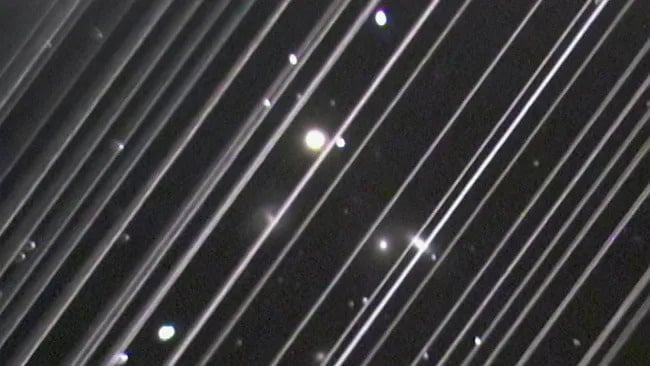 |
The Starlink constellation emits multiple bands of light in orbit. Photo: Lowell Observator y |
The effort to observe the early universe is being threatened by SpaceX’s thousands of Starlink satellites, which astronomers say leak radio waves, disrupting observations from extremely sensitive telescopes.
According to New Scientist magazine, a research team led by Professor Steven Tingay, a radio astronomer at Curtin University, said this. With the help of a prototype telescope of the Square Kilometre Array Project, which is being built in Australia, the team tracked the signals of nearly 2,000 Starlink satellites.
They found that about a third of data at certain frequencies is being threatened by radio waves emitted from it. The space company headed by Elon Musk shows worrying signs that it may be hindering humanity's efforts to explore the early universe.
The problem is getting worse. As of May, the company had more than 7,600 satellites in low Earth orbit, and it plans to expand that constellation to tens of thousands of devices. That’s about two-thirds of the total number of satellites in orbit.
In a paper that has not yet been peer-reviewed, Tingay and his colleagues suggest that the electronics in these small flying models could be accidentally emitting radio waves through their antennas. In radio observations, such signals are on par with the brightest light sources in the atmosphere and are extremely easy to detect.
“It’s like taking the most powerful sources in the sky and adding a bunch of other artificial sources, moving around. That has a huge impact, especially for experiments that require extreme sensitivity,” Tingay said.
Notably, SpaceX is emitting signals in a frequency band that is protected by the International Telecommunication Union (ITU) and reserved for radio astronomy purposes, according to Futurism . However, it is unclear whether Elon Musk's space company is breaking the law, as the signals are likely to be emitted accidentally.
“No one from SpaceX or Starlink is breaking any regulations. These types of emissions are currently unregulated,” Tingay said, adding that the ITU has begun discussions on whether to regulate these signals.
In 2022, a study in The Astrophysical Journal suggested that Starlink satellites are so bright that they appear as giant streaks of light in night sky observations. “There is a small chance that we could miss an asteroid or some event that is hidden behind the satellites’ streaks,” said Tom Prince, a co-author of the study and a professor of physics at Caltech.
In 2023, SpaceX introduced a device called a “distributed Bragg reflector” for Starlink satellites, made of multiple layers of plastic that scatters light but still allows radio waves to pass through. However, the actual effectiveness of this invention is still unclear.
Now astronomers are calling on SpaceX to address the issue of radio emissions further. “From the operator’s perspective, it would be great to have mitigation measures directly on the satellite. SpaceX has done this before in optical astronomy,” said Dylan Grigg, a study co-author and master’s student at Curtin University.
According to Grigg and Tingay, after contacting the company, SpaceX expressed its willingness to negotiate.
Source: https://znews.vn/starlink-mang-hau-qua-toi-thien-van-hoc-post1560599.html













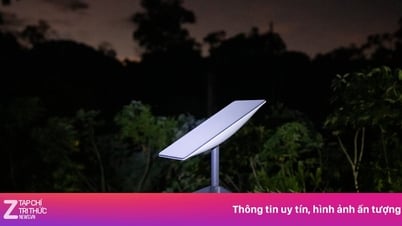




























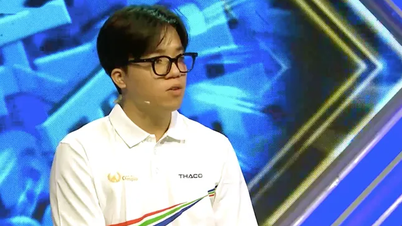


















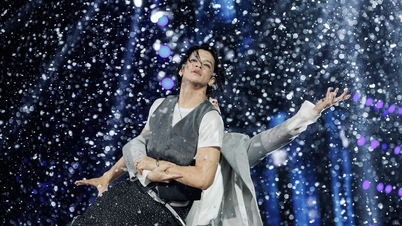


















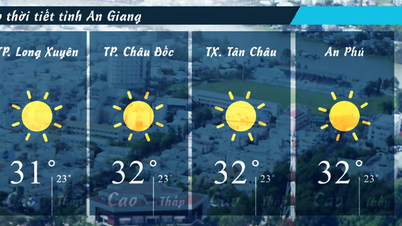
















Comment (0)